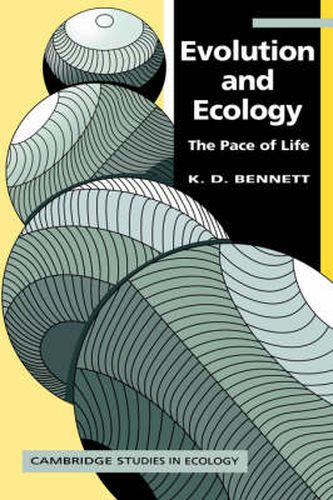Readings Newsletter
Become a Readings Member to make your shopping experience even easier.
Sign in or sign up for free!
You’re not far away from qualifying for FREE standard shipping within Australia
You’ve qualified for FREE standard shipping within Australia
The cart is loading…






The mechanisms of macroevolutionary change have long been a contentious issue. Palaeoecological evidence, presented in this book, shows that evolutionary processes visible in ecological time do not build up into macroevolutionary trends, contrary to Darwin’s original thesis. The author discusses how climatic oscillations on ice-age time-scales are paced by variations in the Earth’s orbit, and have thus been a permanent feature of Earth history. There is, however, little evidence for macroevolutionary change in response to these climatic changes, suggesting that over geological time macroevolution does not occur as a result of accumulated short term processes. These conclusions are used to construct a post-modern evolutionary synthesis in which evolution and ecology play an equal role. Written by a leading palaeoecologist, this book will be of interest to researchers in both ecology and evolutionary biology.
$9.00 standard shipping within Australia
FREE standard shipping within Australia for orders over $100.00
Express & International shipping calculated at checkout
The mechanisms of macroevolutionary change have long been a contentious issue. Palaeoecological evidence, presented in this book, shows that evolutionary processes visible in ecological time do not build up into macroevolutionary trends, contrary to Darwin’s original thesis. The author discusses how climatic oscillations on ice-age time-scales are paced by variations in the Earth’s orbit, and have thus been a permanent feature of Earth history. There is, however, little evidence for macroevolutionary change in response to these climatic changes, suggesting that over geological time macroevolution does not occur as a result of accumulated short term processes. These conclusions are used to construct a post-modern evolutionary synthesis in which evolution and ecology play an equal role. Written by a leading palaeoecologist, this book will be of interest to researchers in both ecology and evolutionary biology.